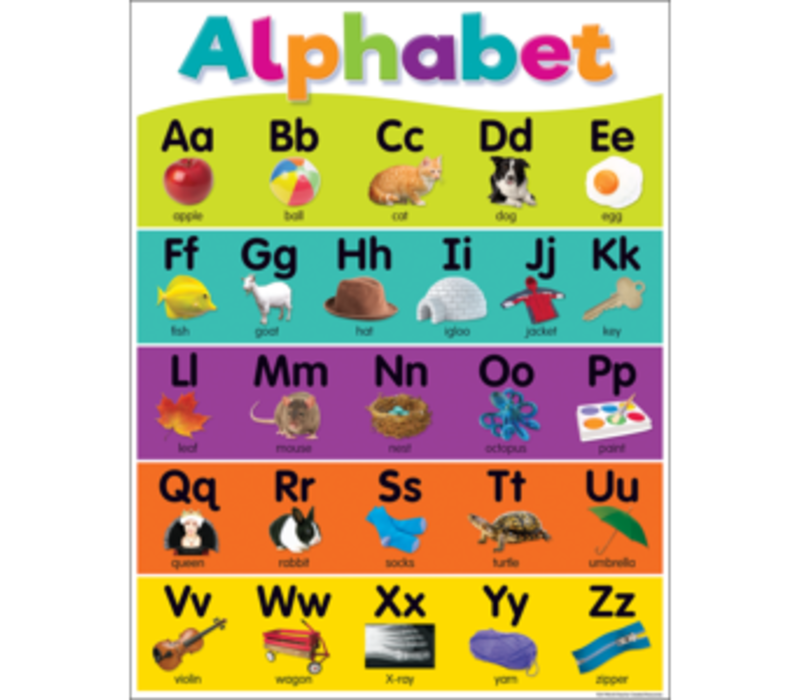Phonics
Our Phonics programmes are ‘Letters and Sounds’ and ‘Little Wandle’
Free resources for Letters & Sounds phonics for Parents & Educators
The Pembury Approach
Children learn a great deal from other people. Parents and carers are children’s first teachers and have a powerful influence on their child’s early learning. At Pembury, we work closely in partnership with parents to support them to help with their child’s phonological development at home. At nursery, we provide children with a wide range of activities and experiences, from an early age, in order to support the development of their early reading and writing skills. Speaking and listening are the foundations for reading and writing and from a very early stage children develop an awareness of the different sounds in spoken language. They learn how to use their voices to make contact with others and to let people know what they need and how they are feeling.
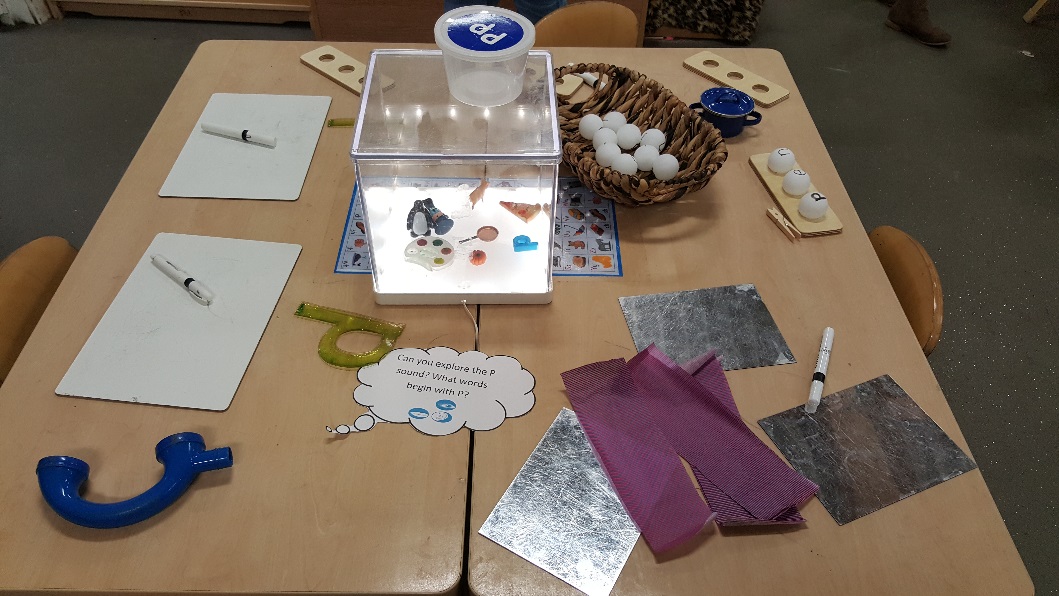
How do we help children develop early phonics skills at nursery?
Children learn through lots of play and activities and are encouraged to use their increasing phonics knowledge in freely chosen activities:
- Daily story groups develop interest and understanding in reading and books
- Story and information books are available in nursery
- We look at pictures in books with children and make noises together eg animal sounds
- We sing songs and nursery rhymes and make up songs with silly sounds
- We go on listening walks
- We listen and talk to the children
- We encourage children to recognise, make the sounds and tell us about familiar letters e.g. letters in their name
The Letters and Sounds Phonics Programme
At Pembury children have daily group times, and are taken through the Letters and Sounds structured phonics programme, which is designed to move from sound to print. In the Over 3s, initial work on distinguishing sounds, rhyme and repeating sound patterns (phase 1) helps to tune children into the notion that words may be slowed down and broken into their constituent sounds. Letter formation is taught at the same time, so that by the summer term, some children are able to segment some cvc words and write them down. These words are then read back and blended, double checking the spelling as a core habit. The practitioner leading the group models writing sentences, using known sounds and words, and engages the children’s assistance in spelling.
Letters and Sounds – Phase 1
Phonic sessions are taught daily both as a discrete lesson, in small group, and throughout the day across the nursery curriculum. Teaching is multi-sensory to ensure the maximum retention of the taught skills. All children are taught:
- General sound discrimination
- Rhythm and rhyme
- Alliteration
- Voice Sounds
- Oral Blending and Segmenting
Children learn to:
- Have fun with sounds
- Listen carefully
- Develop their vocabulary
- Speak confidently to other adults and children
- Tune into sounds
- Listen and remember sounds
- Talk about sounds
- Understand that spoken words are made up of different sounds
Phase 1 consists of seven interlinking parts:
Environmental sounds
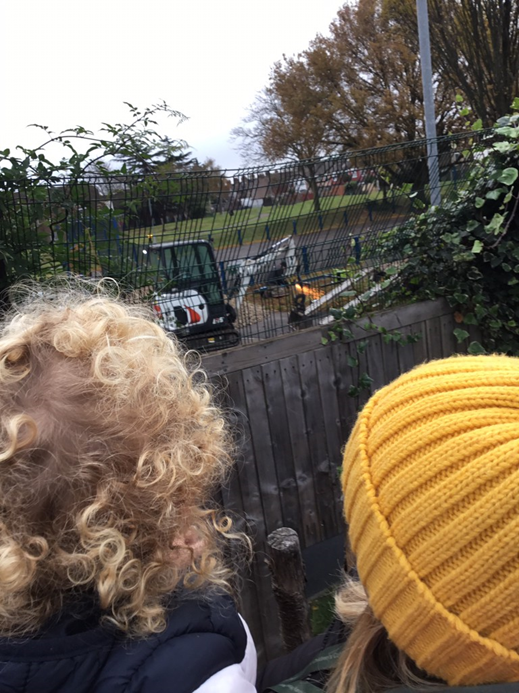
Instrumental sounds
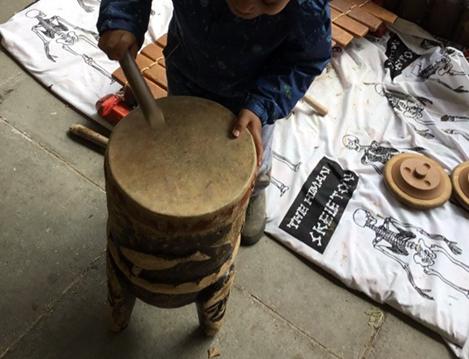
Body percussion

Rhythm and rhyme
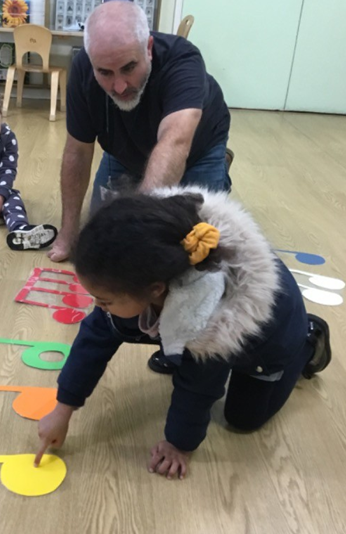
Alliteration (words that begin with the same sound)
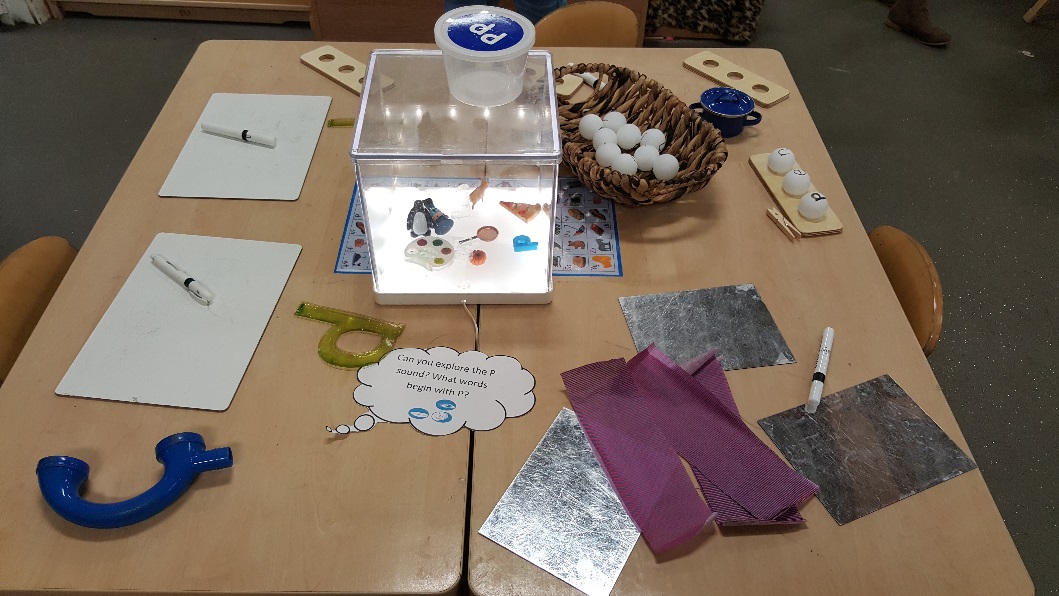
Voice sounds

Oral blending and segmenting
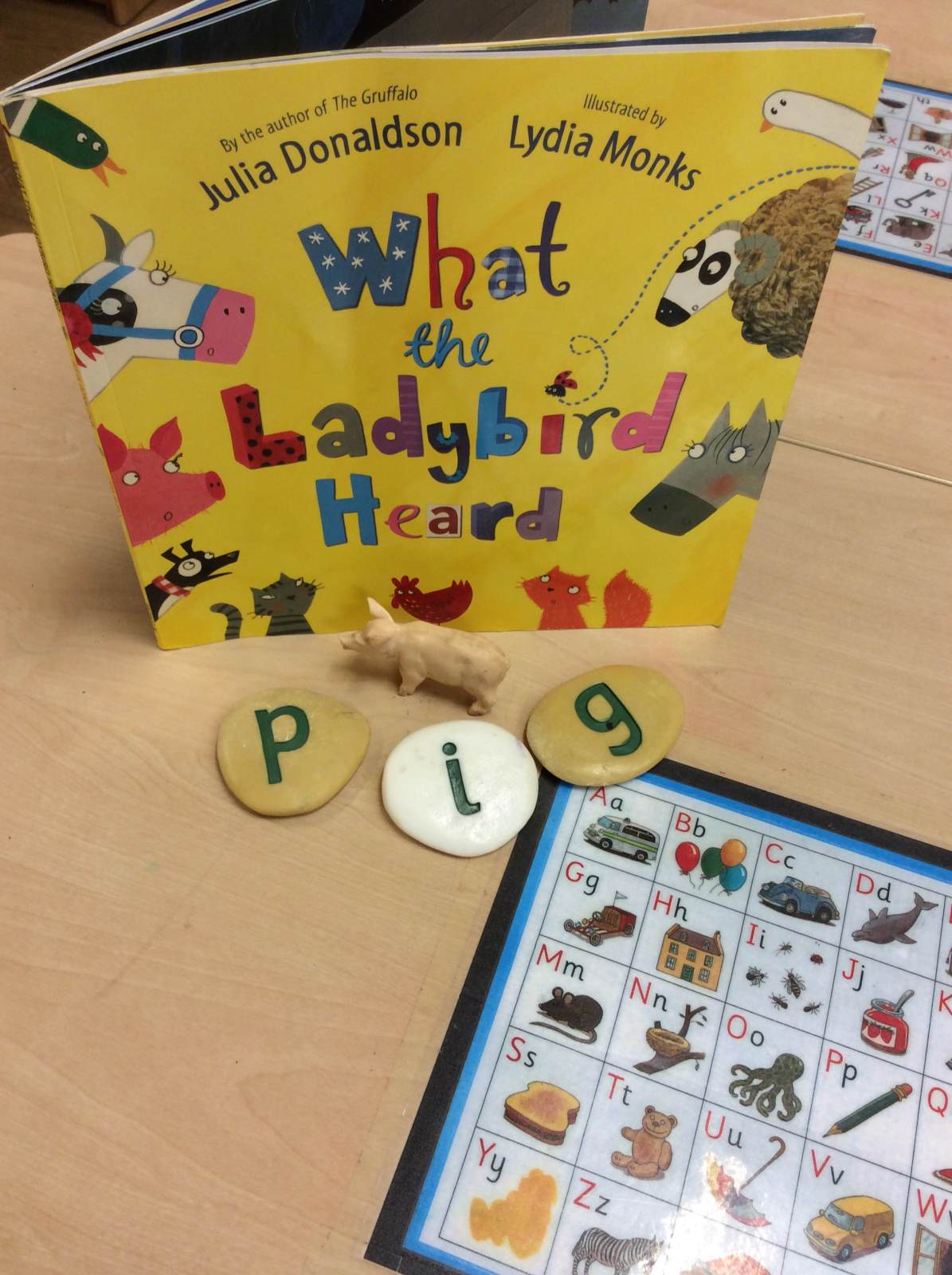
Phase 2 is introduced to children who are ready to begin this phase.
In Phase 2, children begin to learn the sounds that letters make (phonemes). There are 44 sounds in all. Some are made with two letters, but in Phase 2, children focus on learning the 19 most common single letter sounds. These can be blended together to make words.
The importance of mark-making
We want children to have opportunities, in nursery and at home, to notice the adults around them reading and writing, so that they want to copy them. Mark-making is the first step towards writing and in the early stages is closely linked to physical development. The more opportunities children have to develop large and small movement in their arms, hands and fingers, the easier it will be to make marks with a variety of tools. Therefore, we provide opportunities for activities such as digging, ‘painting’ outdoor surfaces with water and large brushes, sweeping, and swishing scarves through the air in different shapes, which all help develop large motor movement.
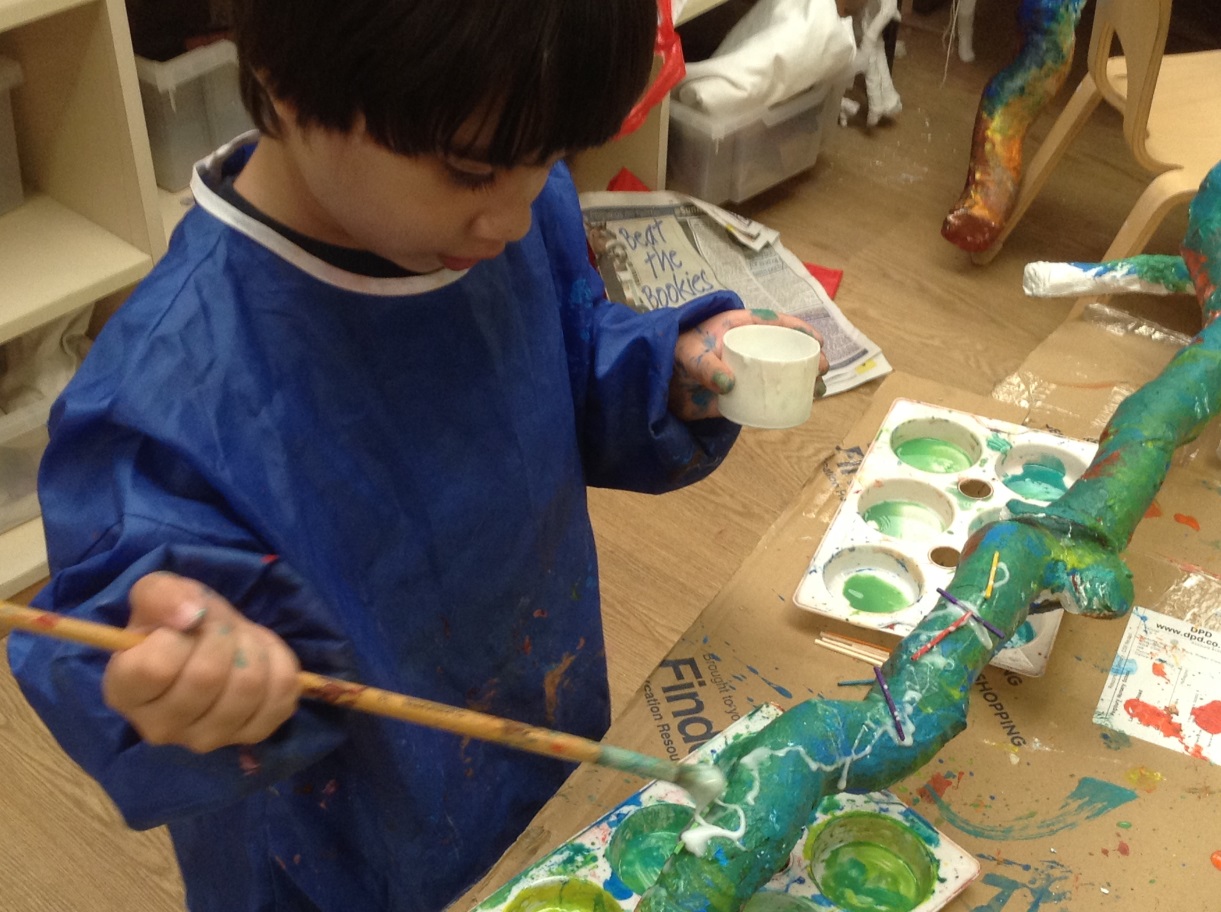
Small or fine motor movements are needed to hold pencils and pens correctly. We use a ‘Finger Gym’ in the nursery class, with a range of different activities, including using pegboards, picking up grains of rice with fingers and tweezers and weaving pipe cleaners through colanders. All of these activities will help develop the pincer grip children need for writing.
Children are provided with a range of equipment to experiment with for mark making eg writing tools such as brushes, pens, pencils and felt-tip markers, plus a range of papers and surfaces to mark make on. Sometimes adults will scribe for children, and we use lower-case letters, introducing capitals only at the beginning of sentences and names.
